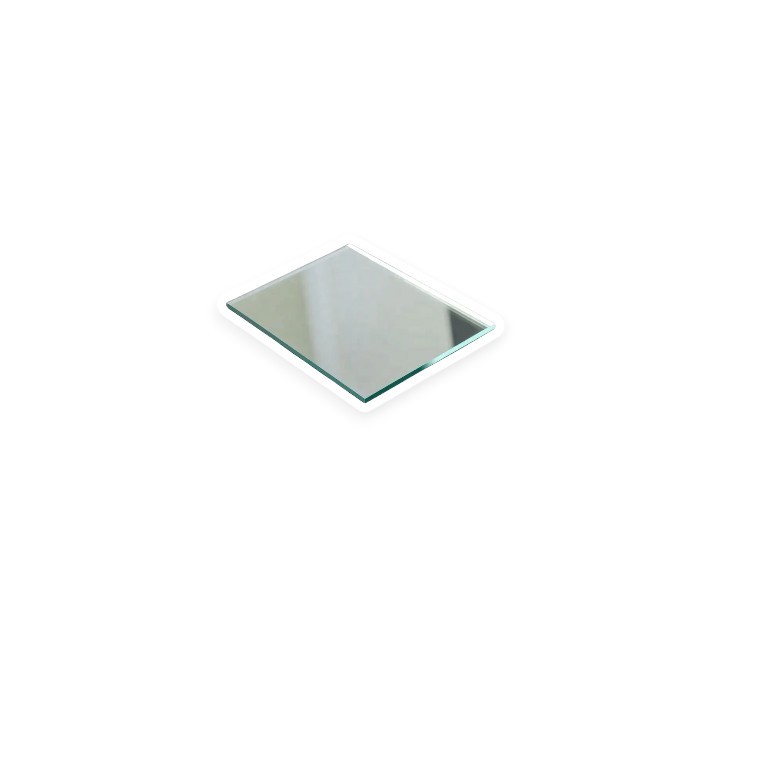Hot Mirror and Cold Mirror
FAQs
A hot mirror is an optical filter mainly used to reflect infrared (IR) and near-infrared light (700–1200 nm) while allowing visible light (380–700 nm) to pass through. It uses a multilayer dielectric coating to reduce thermal radiation interference in optical systems by selectively reflecting long-wavelength infrared light.
A cold mirror is also an optical filter that mainly reflects visible light (400–700 nm) while transmitting or absorbing infrared light. This helps to dissipate heat from the system and prevents equipment from overheating.
Hot mirrors and cold mirrors differ primarily in their reflection and transmission bands, which are essentially opposite. In coating design, hot mirrors use multilayer coatings that highly reflect infrared light, while cold mirrors use coatings that highly reflect visible light.
Hot mirrors are mainly used in imaging devices, lighting systems, and laser systems to block heat and protect the optical system.
Cold mirrors are mainly used in projectors, biological microscopes, and industrial monitoring systems to dissipate heat and prevent equipment from overheating.
When selecting the right mirror, consider the following key factors:
-
Target wavelength: Do you need to reflect infrared or visible light?
Choose a hot mirror to block heat, and a cold mirror to dissipate heat. -
Heat dissipation needs:
If the system requires active cooling (such as projectors), a cold mirror is more suitable. -
Environmental temperature:
In high-temperature environments, use high-temperature resistant coatings (cold mirrors are commonly used in heat dissipation scenarios).


